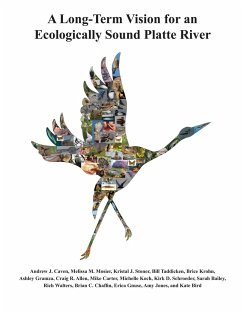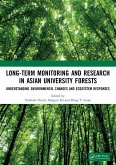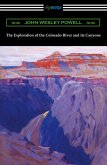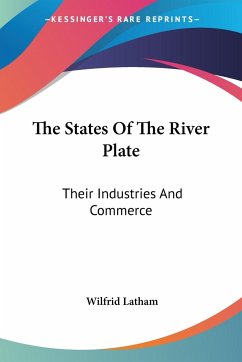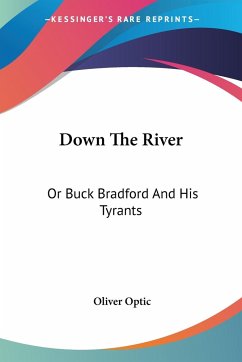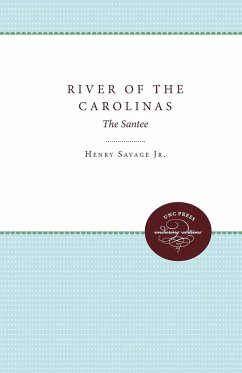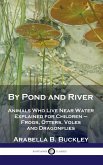The Platte River extends about 310 mi (499 km) from North Platte, Nebraska, to its terminus at the Missouri River confluence near Plattsmouth, Nebraska. The Platte River Valley is a continentally significant ecosystem that serves as a major stopover for migratory waterbirds in the Central Flyway including the endangered Whooping Crane (Grus americana) and >1 million Sandhill Cranes (Antigone canadensis) at the peak of spring migration. However, the Platte River Valley also supports a great diversity of avifauna including grassland breeding birds, native stream fish, vascular plants, herpetofauna, mammals, pollinators, and aquatic macroinvertebrates. Despite ongoing conservation efforts since the mid-1970s the ecosystem remains largely conservation dependent and an increasing number of species across taxa are being considered at risk of regional extirpation or outright extinction. However, given the attention provided to conservation in the Platte River Valley and the need to maintain ecologically functional stopover sites in the Central Flyway, there is a great opportunity to create a resilient refugium for biodiversity conservation in the central Great Plains. To that end we convened a working group of >18 individuals representing >9 organizations including representatives from non-profit conservation organizations, universities, and state and federal natural resource agencies to develop a long-term vision for an ecologically sound Platte River Valley (PRV). We met in groups of varying size for >170 hours throughout a more than 3-year period and developed conservation priorities and objectives using a landscape design process. Landscape design is an interdisciplinary conservation planning process that incorporates components of landscape ecology and social dimensions of natural resources with the explicit intention of improving conservation implementation.
Hinweis: Dieser Artikel kann nur an eine deutsche Lieferadresse ausgeliefert werden.
Hinweis: Dieser Artikel kann nur an eine deutsche Lieferadresse ausgeliefert werden.

